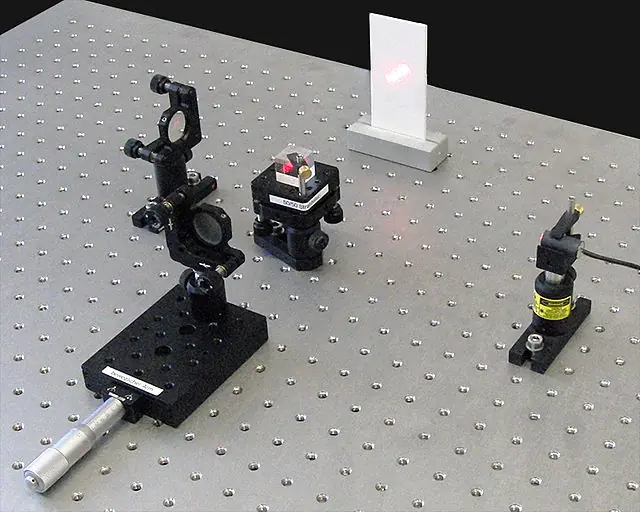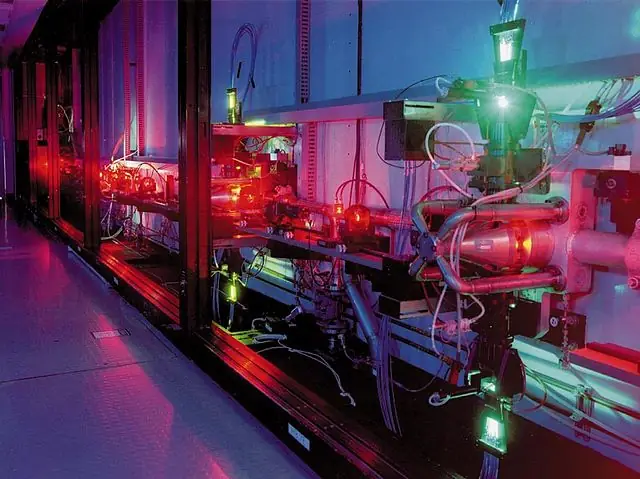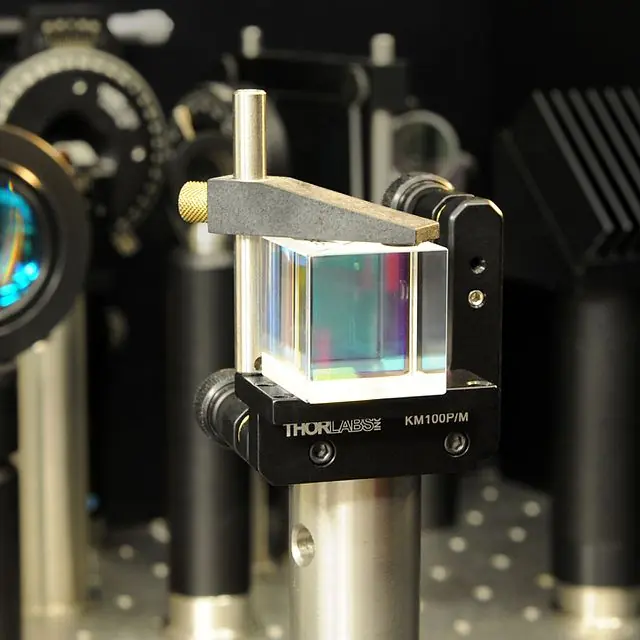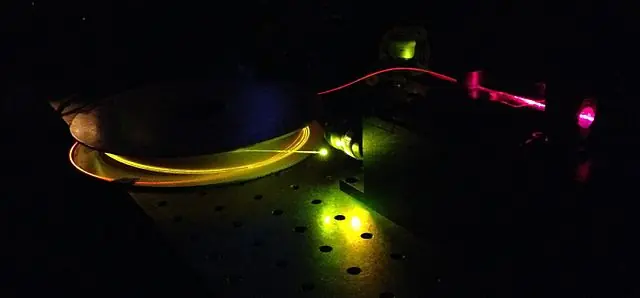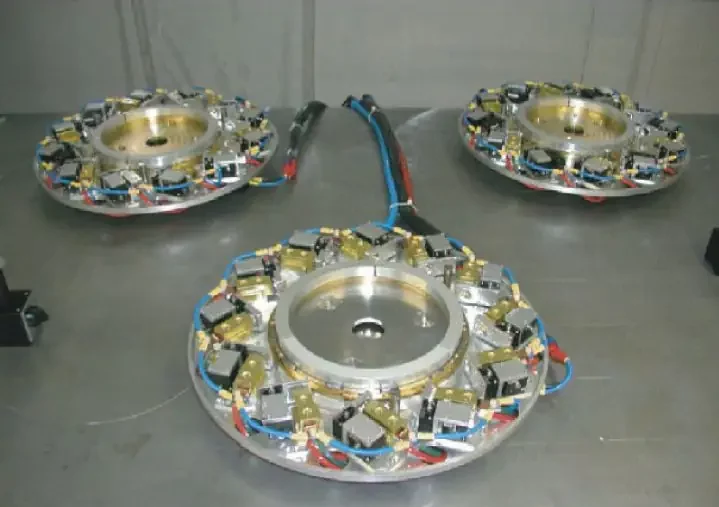What is a Q-Switch?
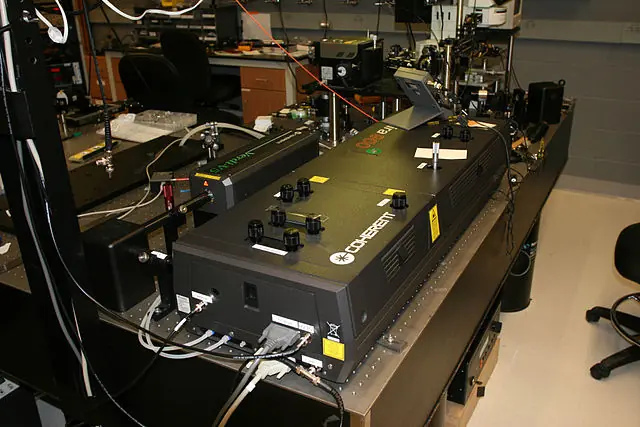
A laser q-switch, also known as a Q-switched laser, is a type of laser that is designed to produce very short and high-energy pulses of light. These pulses are typically in the nanosecond or picosecond range, which means they are extremely brief and highly focused. The q-switch is a key component of the laser that allows for the production of these short, high-energy pulses.
The q-switch is essentially a device that controls the flow of energy within the laser. It works by blocking the flow of energy from the laser’s gain medium (the substance that amplifies the laser’s light) to the output of the laser. This blocking of energy is what creates the high-energy pulse.
There are several different types of q-switches, including mechanical, acousto-optic, and electro-optic q-switches. Each of these types works slightly differently, but the basic principle is the same: they block the flow of energy in the laser to create the high-energy pulse.
Mechanical q-switches use a mechanical shutter to block the flow of energy in the laser. This type of q-switch is relatively simple, but it is not very fast, so it is not commonly used in modern lasers.
Acousto-optic q-switches use sound waves to block the flow of energy in the laser. This type of q-switch is faster than mechanical q-switches, but it is still not as fast as electro-optic q-switches.
Electro-optic q-switches are the fastest type of q-switch, and they are the most commonly used in modern lasers. They work by using an electric field to block the flow of energy in the laser. This type of q-switch can produce pulses in the picosecond range, making it ideal for applications that require extremely fast pulses of light.
Laser q-switches are used in a wide range of applications, including laser printing, laser engraving, and laser surgery. They are also used in research and development, as they can produce very high-energy pulses that are useful for studying materials and processes at the atomic and molecular level.
Overall, the laser q-switch is a crucial component of lasers that allows for the production of very short, high-energy pulses of light. Without it, lasers would not be able to produce the intense, focused pulses that make them so useful in a variety of applications.

